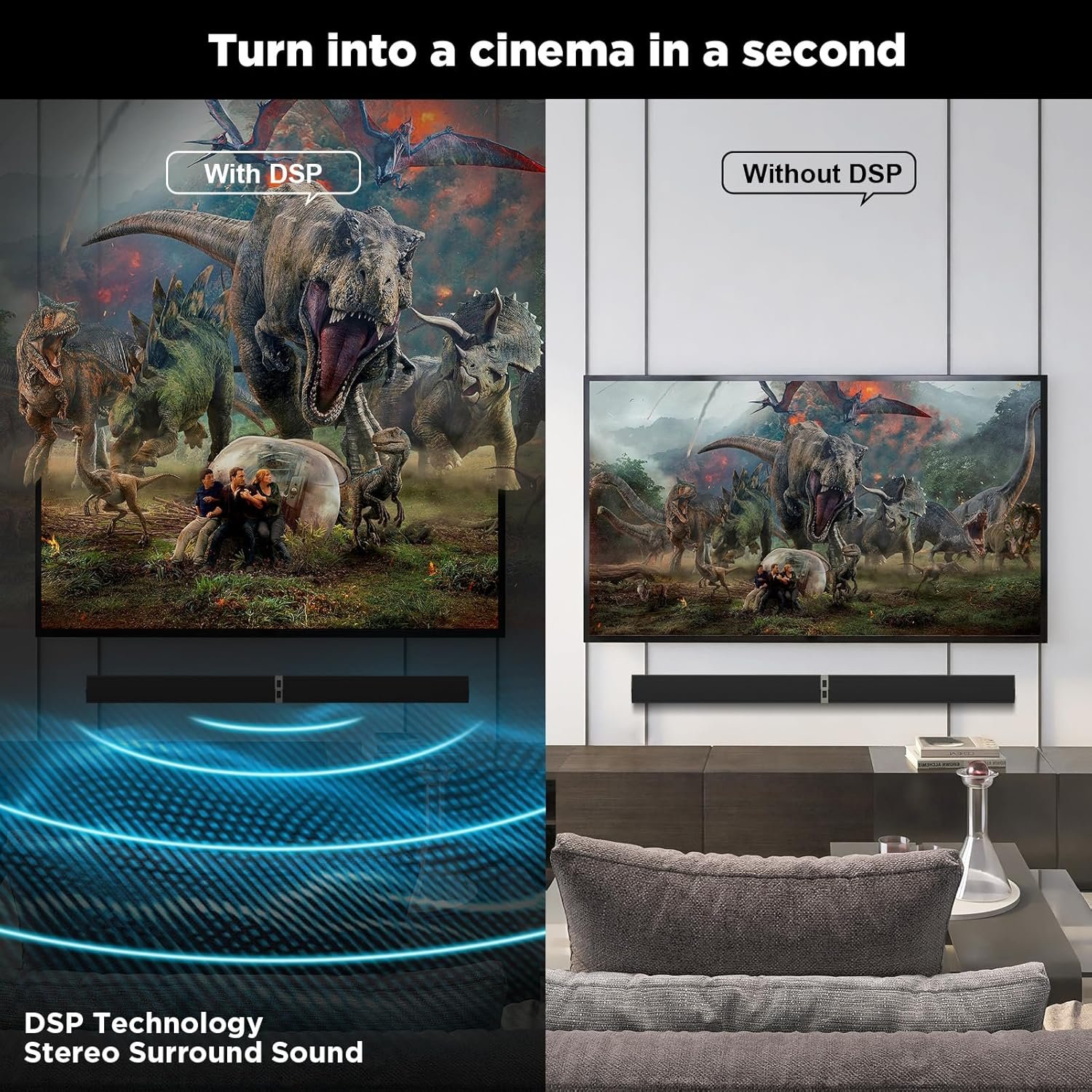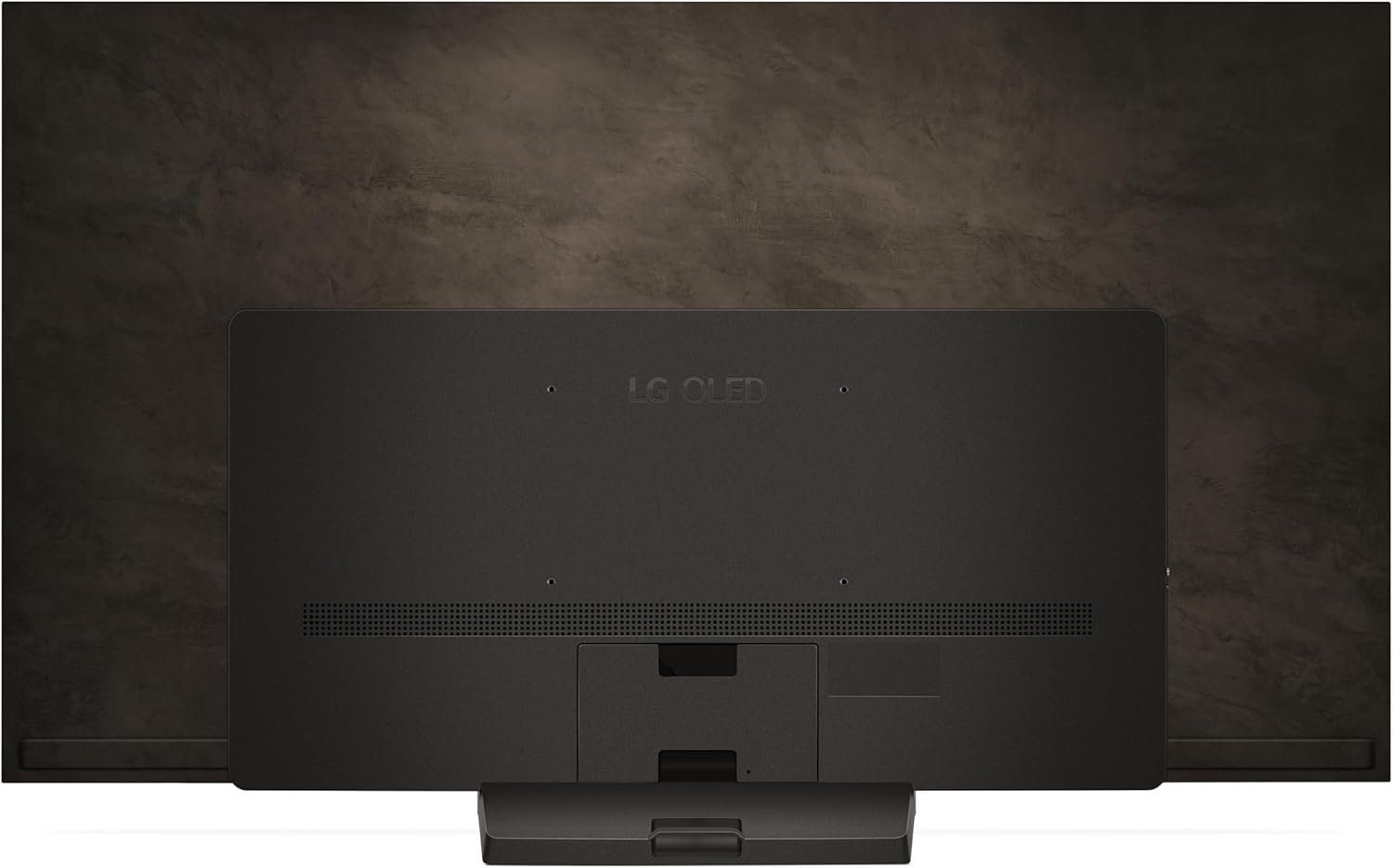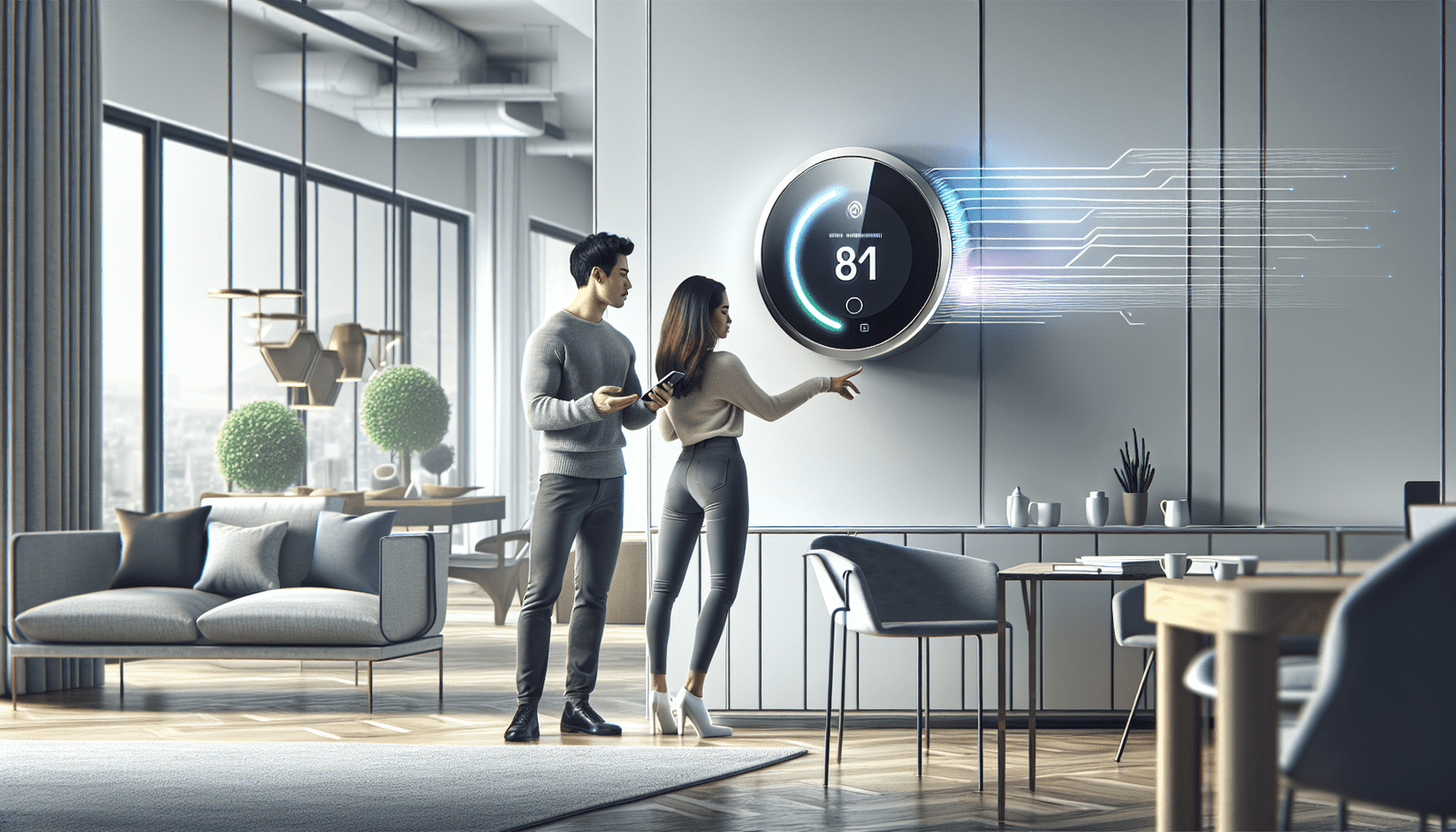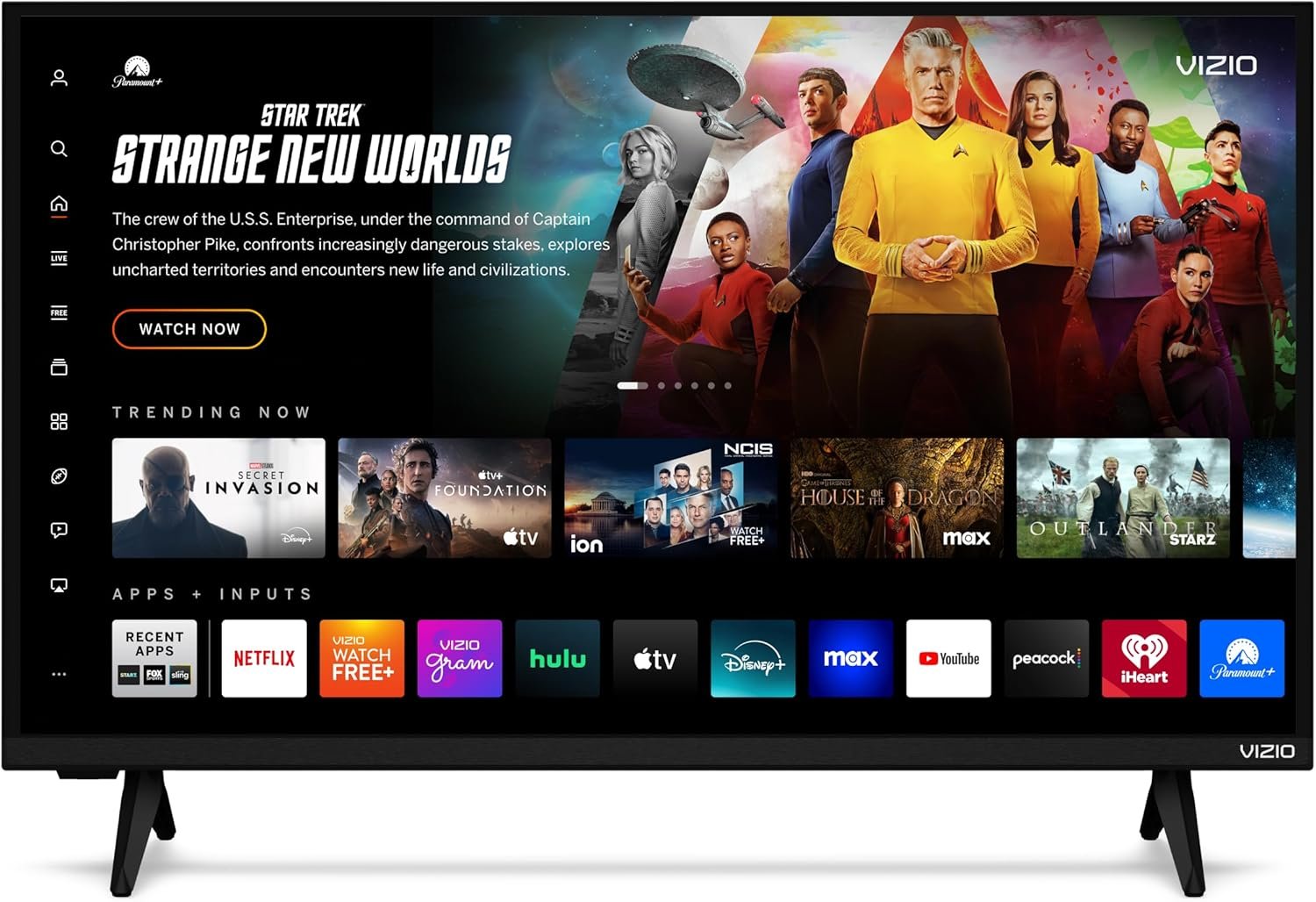Are you considering upgrading your home with smart technology and feeling a bit overwhelmed by the options? With the digital age transforming our everyday lives, identifying and integrating the right smart devices can seem like a daunting task. Yet, discovering the right digital gadget to enhance your living space can not only be exciting but also deeply rewarding.
What Is An Example Of Digital Gadget?
When we talk about digital gadgets, we’re diving into a world of innovative technology designed to make life more convenient, secure, and efficient. These can range from personal devices like smartphones and tablets to home automation systems that can transform the way you live. In this exploration, we will focus specifically on smart home devices—an exhilarating domain for anyone interested in creating a modern and interconnected living environment.

Definition and Overview of Smart Home Technology
At its core, smart home technology comprises devices and systems that homeowners use to automate and enhance the ordinary functionalities of their homes. These gadgets can control lighting, heating, air conditioning, security, and even entertainment systems through internet connectivity, often using a smartphone or voice commands to manage operations seamlessly.
Imagine walking into a home that knows your preferences, anticipates your needs, and responds intuitively. That’s the magic of smart technology. Common devices in a smart home ecosystem include smart thermostats, smart speakers, smart lighting, and security cameras, each offering its own unique set of benefits.
Cost and Value Considerations
Integrating smart technology into your home is an investment. But what do these costs look like, and what’s the potential return? Initially, the price of devices and installation might seem significant. However, over time, many homeowners find value in energy savings, enhanced security, and increased property value.
Smart thermostats, for instance, can significantly cut energy costs by learning your schedule and preferences and adjusting the heating or cooling to minimize wasted energy. Typical estimates suggest energy savings of around 10-15%. Meanwhile, smart security systems can reduce homeowner insurance premiums while providing peace of mind.
| Device Type | Average Cost | Potential Savings |
|---|---|---|
| Smart Thermostat | $150 – $300 | 10-15% energy savings on annual bills |
| Smart Security | $200 – $600 | Lower insurance premiums, enhanced safety |
| Smart Lighting | $20 – $200 | Energy savings, extended bulb life |
Comparisons and Examples of Smart Home Solutions
Choosing the right smart device involves comparing various options. Let’s focus on a few key categories for illustration:
Smart Speakers: Serving as the hub of a smart home, these devices, like Amazon Echo or Google Nest, allow you to control other smart devices using voice commands. They can also handle tasks like playing music, setting reminders, and responding to queries using digital assistants like Alexa or Google Assistant.
Smart Thermostats: Brands like Nest or Ecobee offer devices that learn your schedule. These gadgets can be controlled remotely, allowing you to adjust the temperature even when you’re not at home, thus optimizing comfort and savings.
Smart Lighting: Companies such as Philips Hue and LIFX provide lighting solutions that can change color, dim, or sync with other devices, helping set the ideal ambiance for any occasion.
Practical Setup Guides
Selecting a device is just the beginning—setting it up within your home ecosystem is the next step. Let’s take a closer look at setting up a smart speaker:
-
Unbox and Place Your Device: Find a central location for your smart speaker, ideally within earshot for voice commands to be easily recognized.
-
Connect to Wi-Fi: Plug in the device, open the app (Alexa or Google Home), and follow the setup instructions to connect to your Wi-Fi network.
-
Customize Settings: Use the app to name your device, set preferred languages, and link any accounts for services you plan to use, such as music streaming.
-
Integrate with Other Devices: Add compatible smart home devices within the app, creating groups or routines that automate everyday tasks. For example, a “Goodnight” routine might turn off lights and lower the thermostat when you indicate you’re going to bed.

Security and Privacy Factors
With all the benefits, it’s crucial to consider the security and privacy aspects of having an interconnected home. Smart devices, by nature, rely on internet connectivity, which could potentially expose your personal data to risks if not properly secured.
Protect Your Network: Ensure your Wi-Fi network uses strong encryption and a robust password. Purchase devices from reputable manufacturers that prioritize security updates.
Manage Permissions and Settings: Regularly review the permissions granted to apps and devices, disabling features you don’t use and setting up two-factor authentication where possible.
Energy Efficiency and Sustainability
One of the strong appeals of smart home technology is its impact on energy efficiency. Devices designed with sustainability in mind can significantly reduce consumption through automation and remote management, leaving a lighter environmental footprint.
Smart plugs, for example, can track energy usage and allow you to turn off devices remotely, ensuring you aren’t wasting power on electronics in standby mode. Moreover, smart irrigation systems can adjust watering schedules based on weather forecasts, conserving water and maintaining healthy landscapes.
Compatibility and Connectivity
When selecting smart home devices, a vital consideration is compatibility with other systems. Most smart gadgets work within ecosystems like smart speakers or dedicated apps that control multiple devices. It’s essential they integrate smoothly to ensure a seamless experience.
Voice Assistants: Devices should be compatible with popular assistants like Alexa, Google Assistant, or Apple’s Siri. This compatibility allows you to manage everything via voice commands or a central app.
Hub Compatibility: Some smart devices require a hub, a central piece like Samsung SmartThings or Apple HomeKit, to connect and control multiple devices efficiently.
Future-Proofing and Innovation
The world of smart home technology is rapidly evolving, with innovation continually pushing boundaries. Staying informed about emerging trends can help ensure your investments remain valuable over time.
Internet of Things (IoT): More devices are becoming internet-enabled, allowing for greater connectivity and data analysis, which can offer personalized automation experiences.
Artificial Intelligence (AI): AI is making smart homes smarter by learning from user behaviors to automate tasks more efficiently. For instance, AI-powered cameras can not only alert you of movement but can distinguish between a pet and a potential intruder.
5G Connectivity: The rollout of 5G promises faster, more reliable connections, enabling more simultaneous smart device connections and smoother streaming for video and data.
Incorporating smart devices into your home doesn’t just offer conveniences; it represents an investment in your home’s future, enhancing quality of life, security, and energy efficiency. As you explore the many options, consider how these gadgets can align with your lifestyle and goals, making your living environment truly intelligent and responsive to your needs.
Making an Informed Decision
Now that you know what digital gadgets can offer, how do you determine if they’re the right choice for you? Think about your specific needs, preferences, and the goals you have for your home. Whether it’s reducing energy consumption, enhancing security, or simply enjoying the convenience of automation, smart technology can help achieve these aspirations.
Remember, setting up a smart home is not a one-size-fits-all solution. It’s about creating a personalized ecosystem where technology and lifestyle merge seamlessly. So, assess your budget, explore compatible devices, and think about future upgrades that will enhance your home environment.
By embracing this journey, not only do you become part of a technological wave but you also open doors to possibilities that transform the basic functionalities of your house into an intelligent home that caters to your unique rhythm of life. Are you ready to start crafting your smart home masterpiece? The possibilities are waiting to be discovered.




